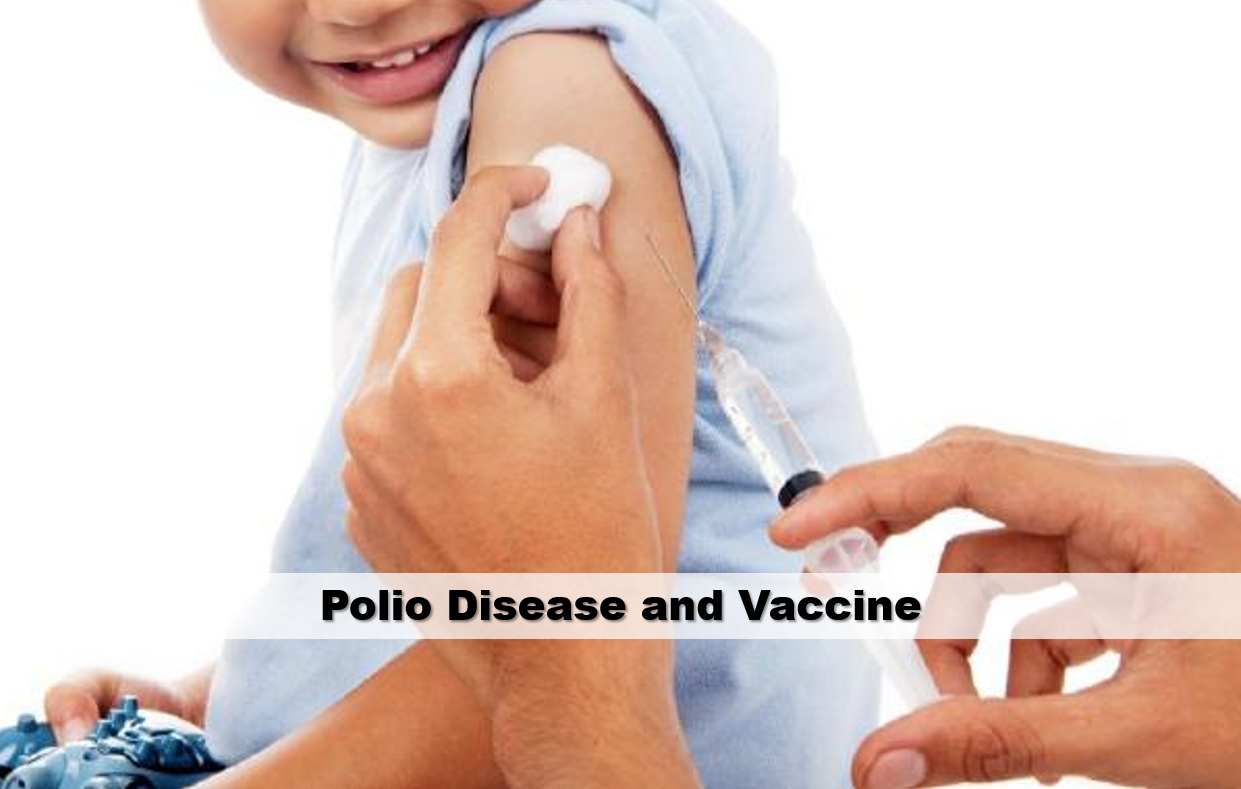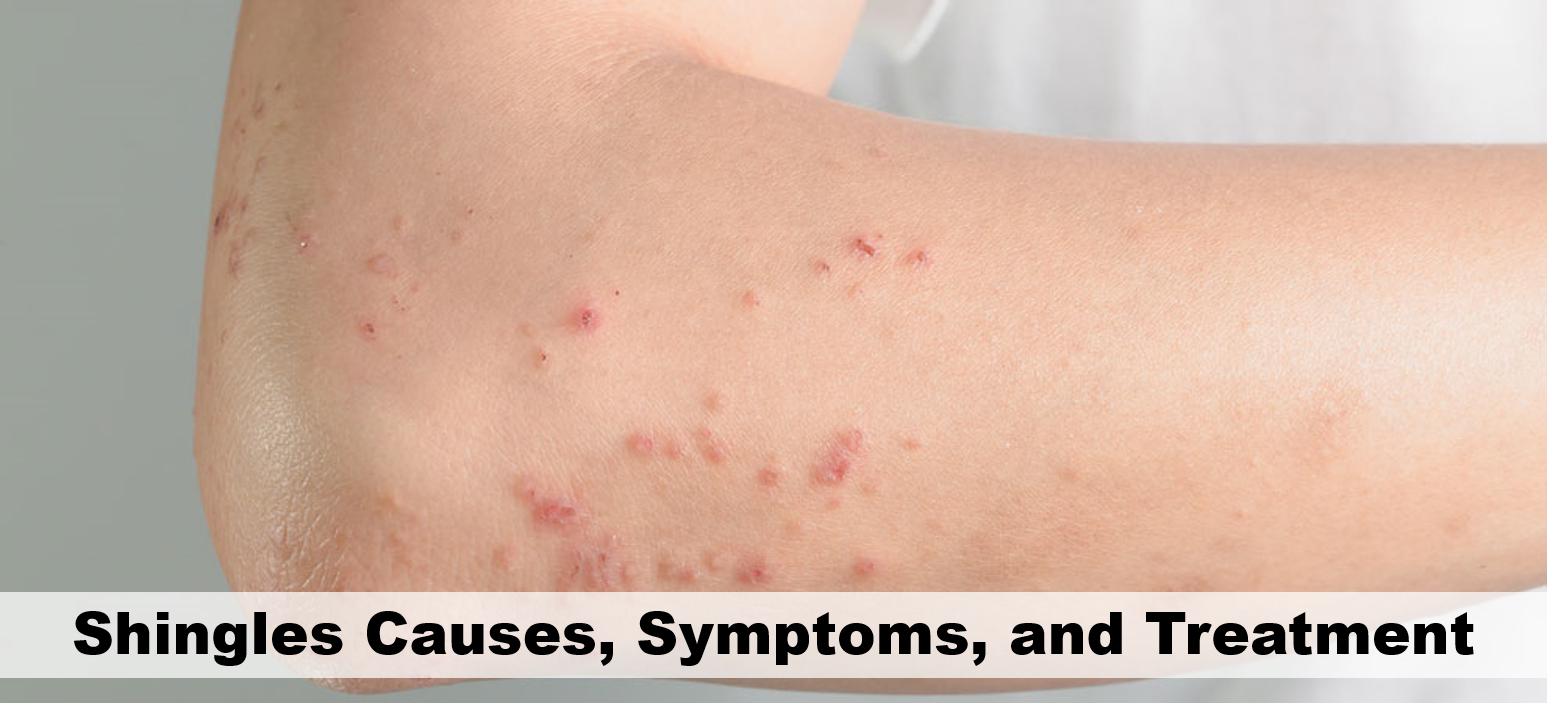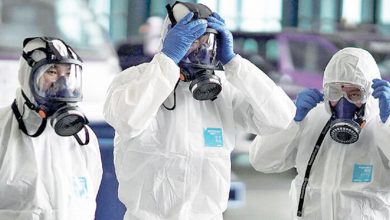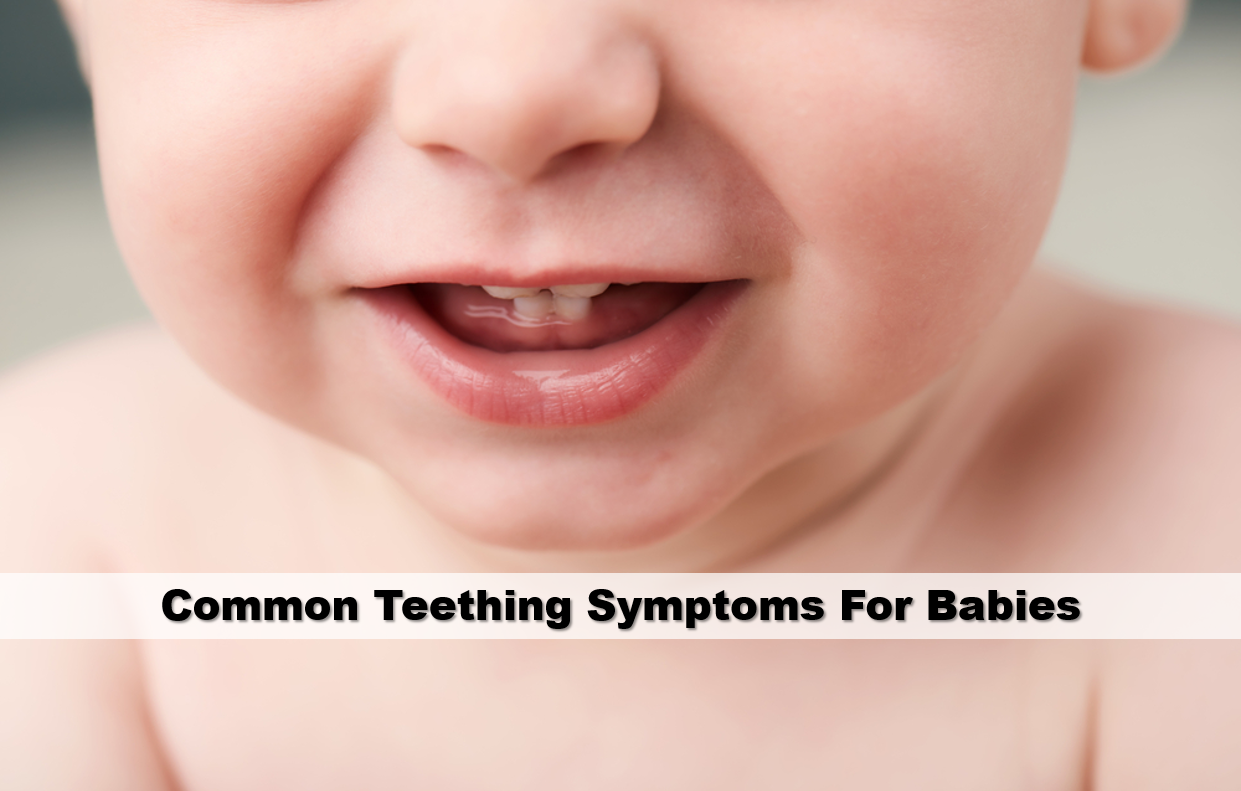Polio Disease and Vaccine (Polio Symptoms)

What is polio? How to prevent polio. Polio is an infectious disease caused by a virus in the throat and intestine. It is spread through infected person-to-person contact and may be spread through oral/nasal secretions. Before the Polio vaccine was found in 1955, thousands of people were affected by polio each year. Here, we will explain the polio disease and vaccine in the text below.
What is Polio?
Polio is a disease caused by the entry of the virus into the body. Polio is an infectious disease. It is transmitted through feces from one child to another. It is caused by inflammation of the anterior cords of the spinal cord. The virus that causes polio is also seen in three different ways. It occurs in the intestines and spreads to other parts of the body. Polio disease has flu-like symptoms. The virus, then, passes through the spinal cord and damages nerve cells that allow the muscles to move. This virus, which causes damage to nerve cells by switching to the spinal cord, causes lifelong paralysis.

|7 Common Baby Diseases Every Mother Should Know|
The Symptoms of Polio
- Fever
- Fatigue
- Headache
- Throat Pain
- Loss of appetite
- Weakness
- Diarrhea
- Vomiting
- Painful Stiff Neck
In polio, symptoms appear 3 or 5 days after the virus enters the body, and patients experience fever first. This condition can be gotten over by 95% without any symptoms.
Who Is At Risk?
- Babies
- Older adults
- Pregnant women
- Ones who have not got shot
- Regions that polio outbreak in
- Mouth, nose, and throat injuries
Polio Vaccine
There are two types of vaccines that protect against polio. These are inactive poliovirus vaccine (IPV) and oral poliovirus vaccine (OPV). IPV is given as an injection in the leg or arm, depending on the age of the patient. Besides, OPV is still used in many parts of the world with IPV in 6-18 months. Polio outbreaks are still occurring in Africa and the Middle East. That’s why polio vaccinations are still ongoing today.

Who Should Not Have Polio Vaccine?
The vaccine should not be taken by people who have a life-threatening allergic reaction to the antibiotics neomycin, streptomycin, or polymyxin B. Children who have had a severe allergic reaction at the first dose of the vaccine should not be vaccinated against polio.
How To Prevent Polio
It is a condition in which one will live all his or her life. Therefore, it is necessary to prevent polio, so vaccination is used to prevent polio. This vaccine should be taken first before the baby is six months old. The second vaccine should be given two months after the first vaccination. The third vaccine should be given six months after the second vaccine. These vaccines should be taken at 5 and 15 years of age. Accurate and regular vaccination is the best protection method.
Treatment of Polio
There are different methods for the treatment of polio. In this case, the disease degree and age of the patient is essential. Polio disease should not be left untreated, and it should continue regularly and as prescribed by the doctor. The treatment process will be long and difficult.





